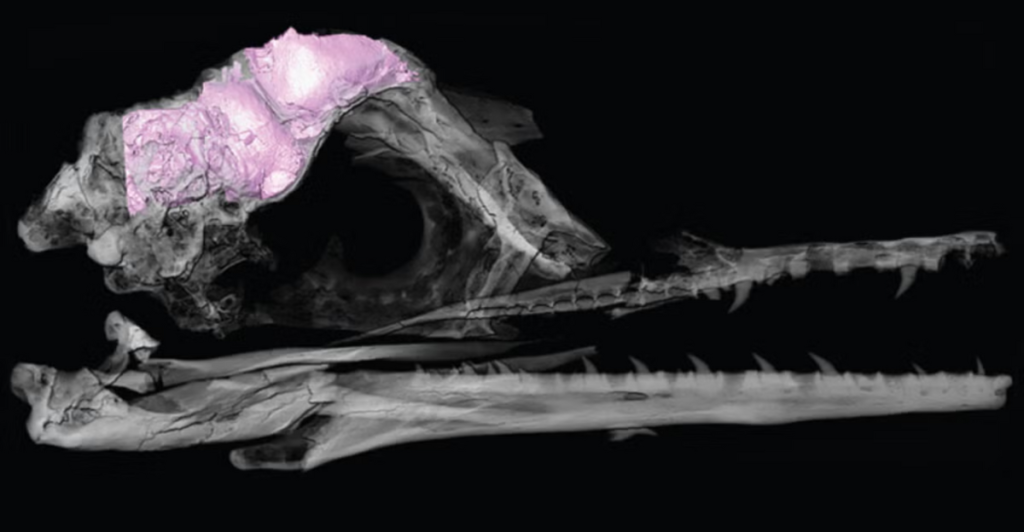
In Antarctica’s ice desert, researchers unearthed an almost entire skull of Vegavis iaai, a bird that lived along dinosaurs and outlived their mass extinction. The find illuminates the tenacity of early birds in the face of cataclysmic disruption.
Presenting Vegavis iaai
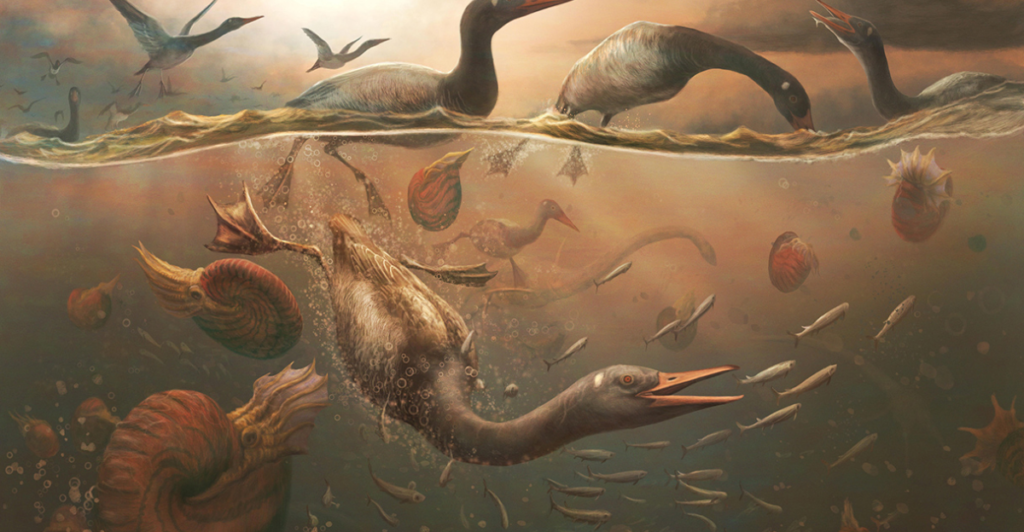
Vegavis iaai was a diving bird 66 million years ago. It coexisted with Tyrannosaurus rex, but unlike the large predator, it survived. Consider it an early cousin to ducks and geese today: only designed to survive.
Why This Skull Matters
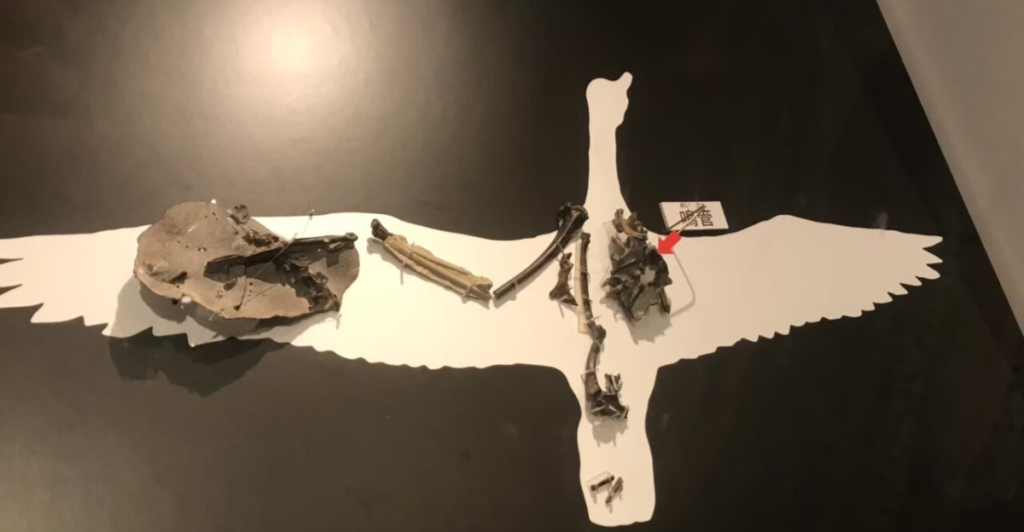
This is the most well-preserved Cretaceous-period bird skull ever discovered. It is proof that modern waterfowl-type birds were already developing prior to the asteroid that eliminated the dinosaurs. In other words, birds didn’t simply appear after the extinction: they were flourishing beforehand.
A One-of-a-Kind Brain Shape
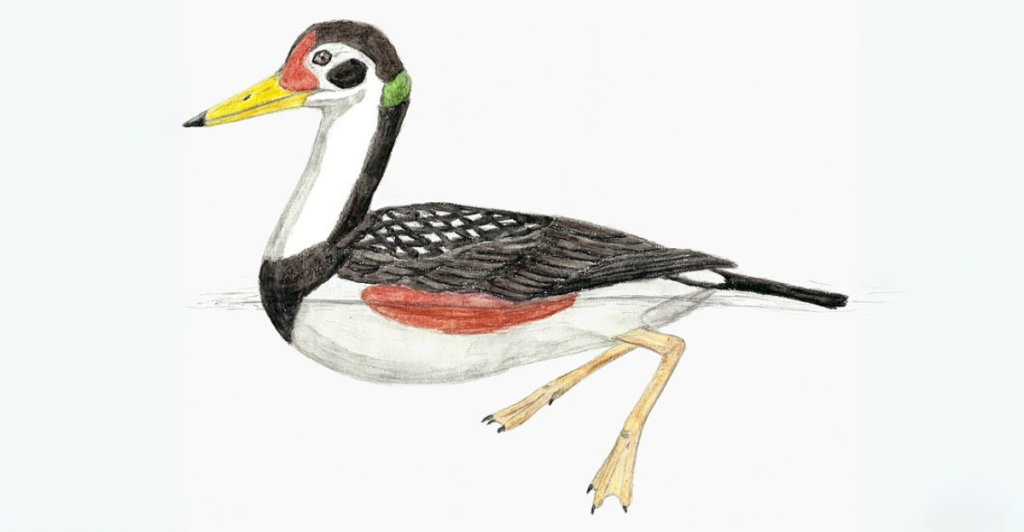
In contrast to other ancient birds, Vegavis also had a modern bird-like brain structure. The beak and skull shape indicate sophisticated feeding capabilities, an early evolutionary success story for birds.
The Challenge of Reconstruction

Assistant Professor Chris Torres, Director of Research, headed the study, reconstructing the skull from fractured pieces recovered in Antarctica. He likened the task to putting together a 3D puzzle – but without the box image and with some pieces missing.
Where Does It Fit?
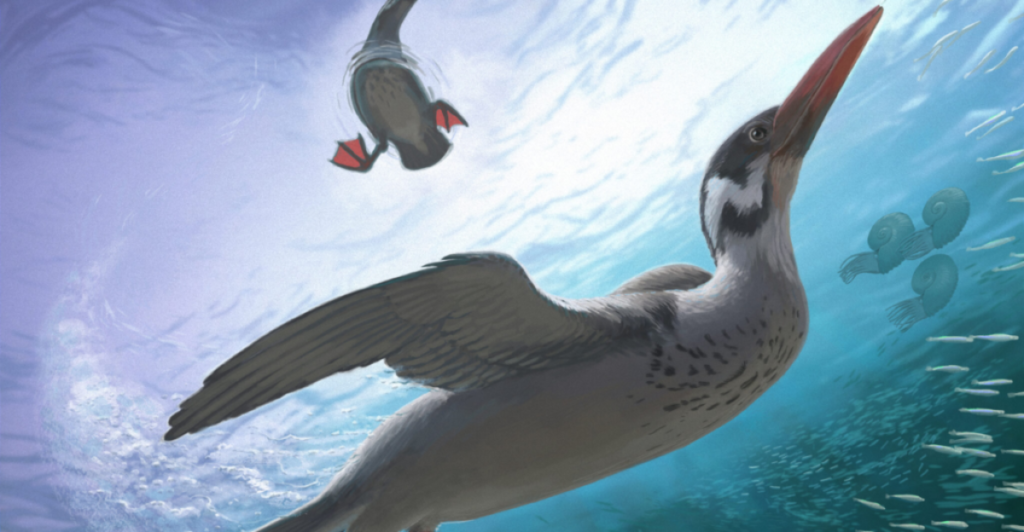
There have been fewer paleontological finds as contentious as Vegavis. Scientists can’t agree if it truly does belong to modern waterfowl or if it’s a separate lineage in a very different group. The debate is far from resolved.
Antarctica: A Safe Haven?
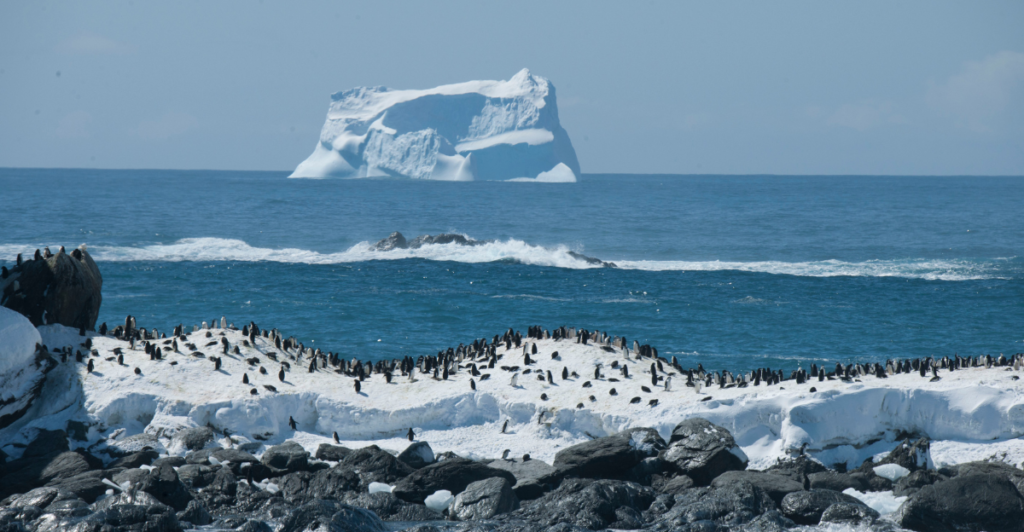
Unlike the rest of the world, which was devastated by the asteroid impact during the Cretaceous period, Antarctica might have provided a refuge. Its more temperate climate at the time might have preserved some species, allowing them to survive as others perished.\
Evolutionary Adaptations for Survival
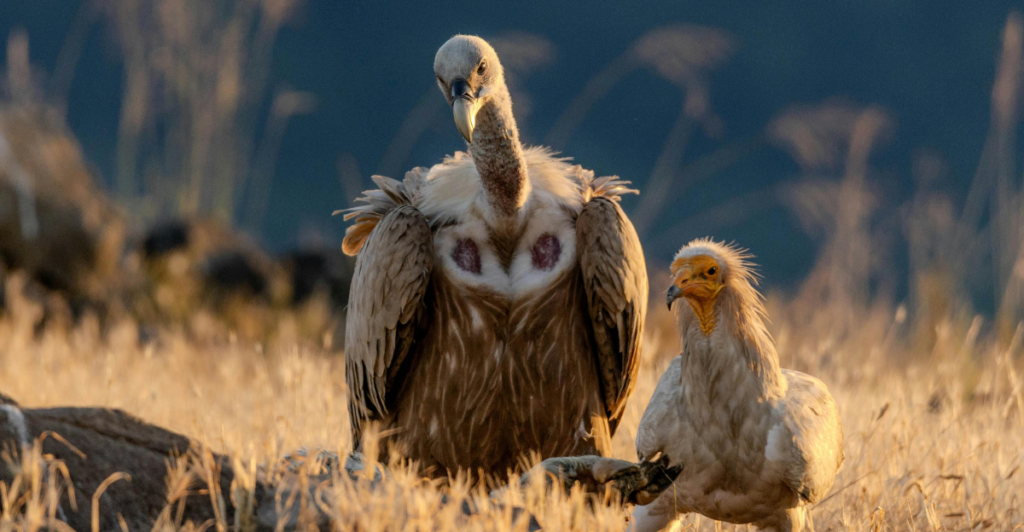
What made Vegavis iaai and other early birds capable of surviving when dinosaurs could not? The answer likely lies in their specialized adaptations. Their smaller body size required less food during the post-impact winter, while their ability to fly allowed them to escape localized destruction and find new food sources. Plus, their diverse diets and efficient respiratory systems may have helped them weather environmental stresses that proved fatal to larger creatures.
A Predator’s Body?
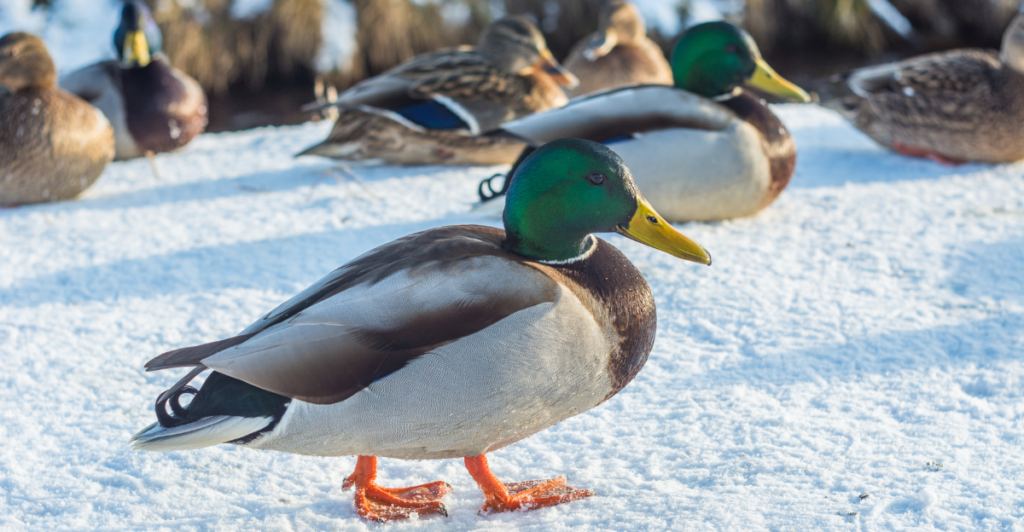
In contrast to the tame ducks of today, Vegavis also possessed powerful jaw muscles used for diving and capturing fish. It probably resembled and acted more like grebes or loons of today, designed for underwater predation instead of gliding idly on lakes.
Challenging Assumptions Fossils
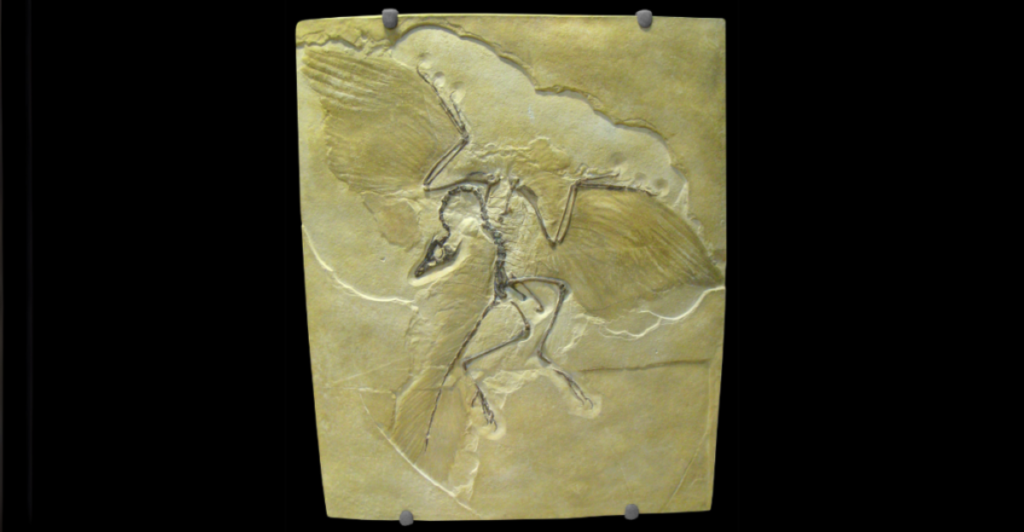
Most Late Cretaceous birds that we know of had long bony tails and teeth, and they definitely did not look like their modern counterparts. Vegavis was an exception, however: it already looked like the birds of today.
Future of the Study of Bird Evolution
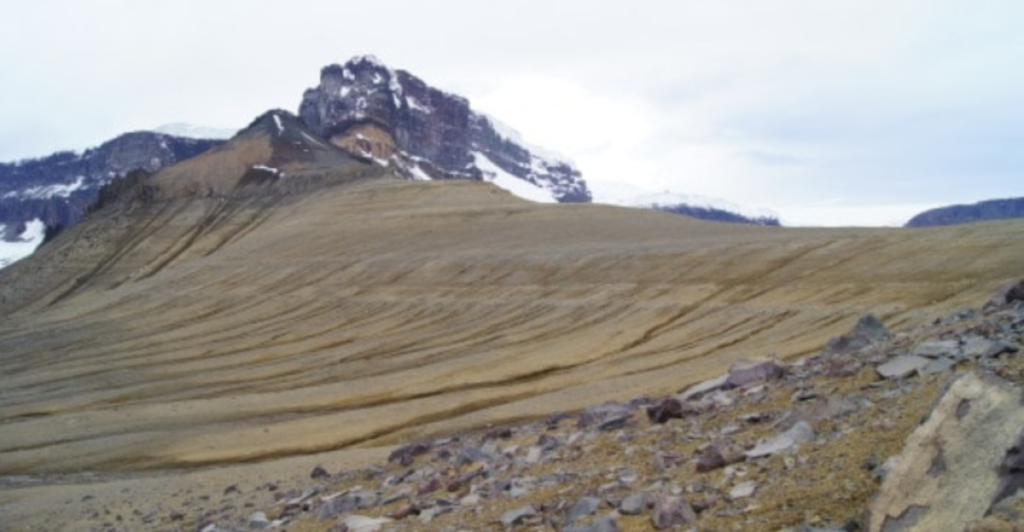
This find alters our understanding of when modern birds evolved. It indicates that they started developing much sooner than we originally thought. If we had more Antarctic fossils, we could perhaps even find earlier ancestors.
What’s Next?

Scientists continue to search Antarctica for additional fossils. Each new find rewrites the history of bird evolution and demonstrates that survival is not about brute strength: it’s about adapting.
Survivors of the Cretaceous: The Story of Vegavis iaai
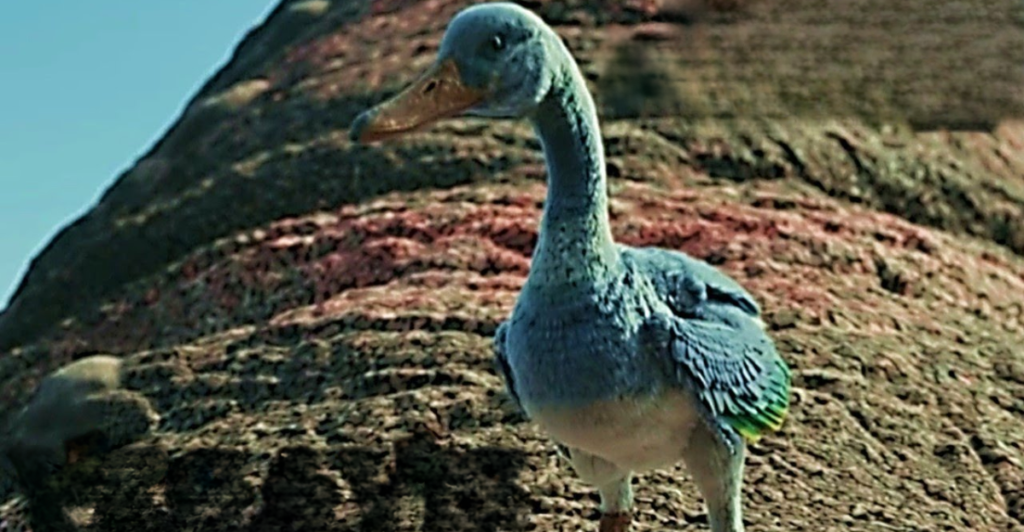
Sixty-six million years ago, the world burned, and dinosaurs were wiped out. But Vegavis iaai and its kind adapted and endured. And today, every duck, goose, and swan is living proof of that adaptation.
Explore more of our trending stories and hit Follow to keep them coming to your feed!

Don’t miss out on more stories like this! Hit the Follow button at the top of this article to stay updated with the latest news. Share your thoughts in the comments—we’d love to hear from you!







